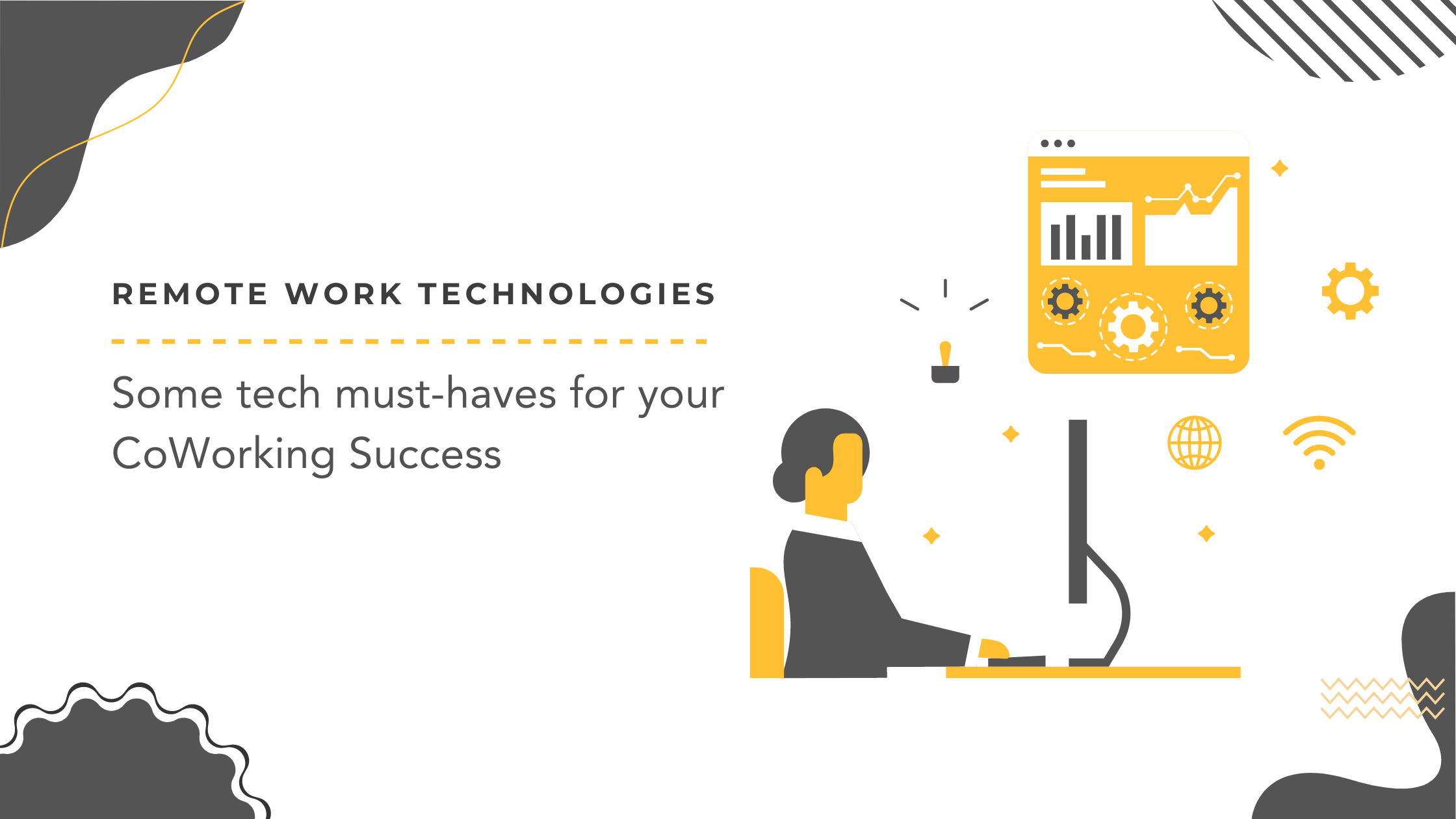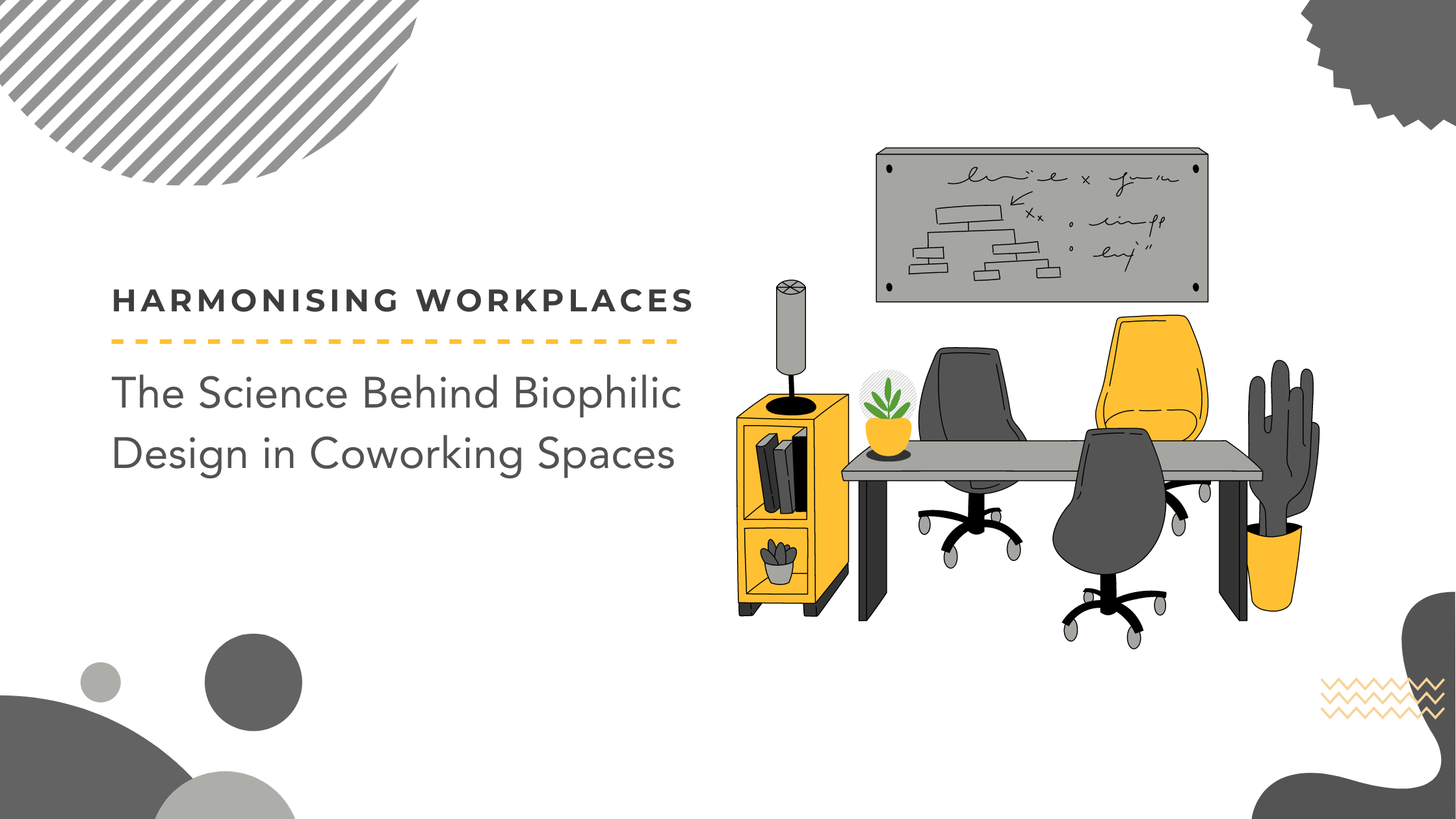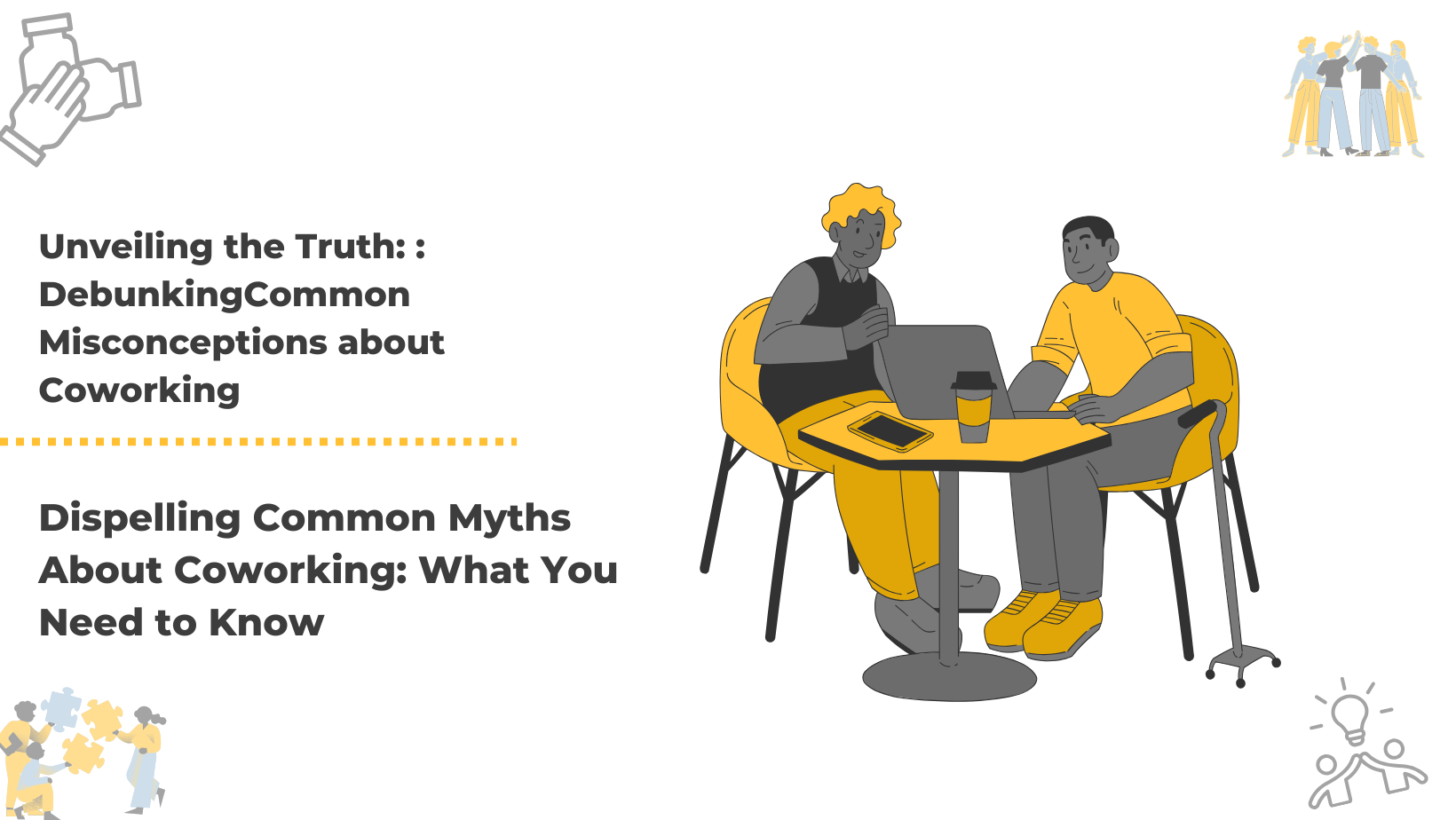A pleasant work atmosphere boosts employee retention, morale, and productivity. Here's how to improve your workplace.
Hosting company gatherings and expressing gratitude helps build trust and excitement.
Giving employees space and privacy to do their jobs, making the workplace more pleasant, and improving communication are all methods to improve the work environment at your company.
This article is aimed at business owners and managers who want to enhance the working conditions of their employees.
Employees should not be underpaid or forced to work through their breaks in order to increase productivity and morale.
Your work environment has an influence on your mood, motivation, mental health, and performance. Employees who work in a drab workplace environment with unpleasant coworkers are unlikely to have enough assurance or job satisfaction to raise concerns. That is why having a good work-life balance is crucial to the success of your business. We'll look at how we can create a better work environment that keeps people happy and engaged.
How can you create a better workplace?
Creating a better workplace frequently requires common sense, subtlety, and understanding. It is critical to regard your personnel as more than just business assets.
Here are six techniques to improve your workplace atmosphere and, as a result, employee engagement.
1. Improve your office illumination.
Lighting has a significant impact on worker performance and mood. A 2021 analysis by Imperial College London researchers reinforced long-held information that natural lighting may boost mood, vitality, and mental health.
If natural illumination from windows is not possible, there are additional options:
Warm-toned bulbs. Warm tones should be used in meeting or break rooms to encourage peace and relaxation.
Blue-enhanced light bulbs. Blue-enriched light bulbs have been shown to alleviate tiredness while increasing pleasure and job effectiveness. In brainstorming spaces, use this style of illumination.
Bulbs with a mid-tone. Use midrange tones in conference rooms to greet employees while keeping them awake.
2. Hire excellent team members and don't be scared to fire inefficient ones.
Successful businesses recognise that hiring employees who fit your culture is the first step in building a successful work environment. Ensure that your team members are knowledgeable and cooperative. This also applies to people who are currently working for you. Employees who work with toxic people are more likely to become toxic themselves, creating an uncomfortable work environment at your company.
3. Make the office comfortable.
According to Mike Canarelli, co-founder of WTM Digital, a clean, appealing office may have a huge impact on the relationships between coworkers and bosses.
Allow your staff to work where they are most comfortable, for example. Fill the office with comfy seats and offer employees the option of sitting or standing at their desks.
Allow workers to modify their workspace when they pick a setting that is comfortable for them, according to John Turner, founder of QuietKit. He proposes doing away with "same-issue everything" and giving everyone with a budget the chance to build their own configuration.
5. Organize business activities to increase involvement.
Employee engagement may be increased by holding company-wide activities. Employees who socialize with one another and with their superiors form stronger bonds. Attending business events may make employees feel like they're a part of a work culture that appreciates more than just getting assignments done on time. It can provide kids with a sense of belonging as well as the opportunity to express themselves.
The morale boost that frequently accompanies these engaging activities may provide employees with additional positivity to carry with them throughout the day at work. You might organize lunch at work, a scavenger hunt, a day at the fair, or an hour in an escape room.
4. Improve employee communication.
Take care about how you deal with staff. Team members and higher management should pay attention to their communication strategies, particularly inclusive communication initiatives, and how these affect generating a healthy work environment.
Employees, however, should not be the only ones examined. Managers, according to Samantha Lambert, a human resources business associate at Pactera EDGE, should be receptive to input as well.
6. Show your appreciation for your team.
While you're working on communication, don't forget to express your appreciation for your team's efforts. Effective employee appreciation, according to David Sturt, executive vice president of marketing and business development at the O.C. Tanner Company, can alter and elevate an organization.
What is the significance of a pleasant work environment?
Creating a healthy work environment encourages and engages your staff, leading to increased job satisfaction and retention within your firm. Your staff will be less stressed at work and more likely to contribute ideas to your company's success, allowing your business to develop and prosper.
A healthy workplace may increase productivity, reduce absenteeism, and, in some sectors, reduce workers' compensation and medical claims.
What does a poisonous workplace look like?
There are numerous telltale symptoms of a hazardous work environment:
Employees' failure to communicate effectively
Managers who convey ambiguous or erroneous information
Work-life balance issues among team members
Employees who take relatively little vacation
Employees and bosses who are disrespectful
The most significant workplace hazard is company culture. When a corporation puts business results over employee retention, job happiness, and mental wellness, the workplace becomes toxic.
What constitutes a positive work environment?
A positive work environment values both corporate success and employee satisfaction. If you want to create a happy work atmosphere, make sure your corporate culture promotes a healthy work-life balance. Here are a few examples:
Implement work-flexibility policies. Work schedules that are hybrid, compressed, and diversified are examples of flexible work rules that work best for individual employees. Flexible scheduling can help employees achieve a better work-life balance while also increasing productivity.
Allow remote working. Creating a telecommuting policy that allows your staff to work from home on a part-time or full-time basis can help them achieve a better work-life balance and contribute to a good work environment. The Pew Research Center questioned approximately 5,800 employees in the United States in 2022 to determine how the COVID-19 epidemic affected work arrangements. 64% of respondents who now work a couple days a week remotely think their work-life balance has improved.
Engage in open dialogue. Encourage an unrestricted flow of ideas among employees and management without fear of harsh criticism to further promote a healthy work atmosphere.
Consider providing meaningful employee benefits. Positive work environments often feature extensive employee benefit packages, acceptable vacation and paid time off regulations, and mental health days.
What aspects should you take into account while establishing a pleasant work environment?
Consider your actual office area while building a healthy work atmosphere. Inquire about the following:
Do your staff have adequate room to do their tasks without invading the space of others?
Are you providing your employees with adequate privacy while still ensuring that they are open about how they use their time on the job?
Are you providing areas for employees to take breaks or discuss work issues with their coworkers?
You must also consider factors other than your workplace space. Inquire about the following:
What options do you have for exciting team-building group activities that can boost morale and assist your firm in accomplishing its goals?
Do your staff understand your company's mission?
Do you allow remote work when employees are ill or have personal requirements at home?
How many vacation, personal, sick, and compensated days do you allow each year?
What are some examples of workplace blunders?
While fostering a pleasant work atmosphere, avoid the following typical blunders.
Employees should not be asked to perform tasks during breaks. Avoid asking staff to work through lunch or other breaks, no matter how hectic work gets. Overworked employees might become stressed. Employees will be unable to detach and clear their minds if breaks are not provided. Breaks may appear unproductive in the near term, but they can enhance productivity in the long run.
Don't pass up the opportunity to learn. Instead of merely pointing out an employee's error, explain how they may prevent making the same mistake again. Gently encourage them on how to improve, and be there to assist when needed. This technique may make your staff feel more comfortable approaching you for assistance.
Don't disregard your employees' needs. Disregarding your workers' hobbies might make them feel as though there is no room in the office for originality and expression. Instead, find ways to incorporate your workers' interests into their jobs. According to a survey by Gartner in 2021, the COVID-19 epidemic left 56% of employees desiring to give more to society. When work and hobbies are combined, employees may feel more valued because they are more involved in their job. Assume an employee has shown an interest in video editing. In such instances, you might be able to persuade them to assist with the company's future marketing promotion or video livestream.
Employees should not be underpaid. Employees that are underpaid might have a negative impact on the workplace atmosphere. Underpaying employees may eventually lead to a hostile working culture, in addition to higher staff turnover and a poor company reputation. It can also result in increased stress and negative attitudes among employees. Pay your staff what they are worth to make them feel valued. Their morale, involvement, and motivation will most likely mirror their enjoyment of being praised.
Conclusion
A positive work environment can keep individuals engaged, motivated, and satisfied with their careers. Maintain consistency with the procedures you employ as you try to enhance your office environment. Your staff will most likely notice and appreciate the improvements, as will you.







